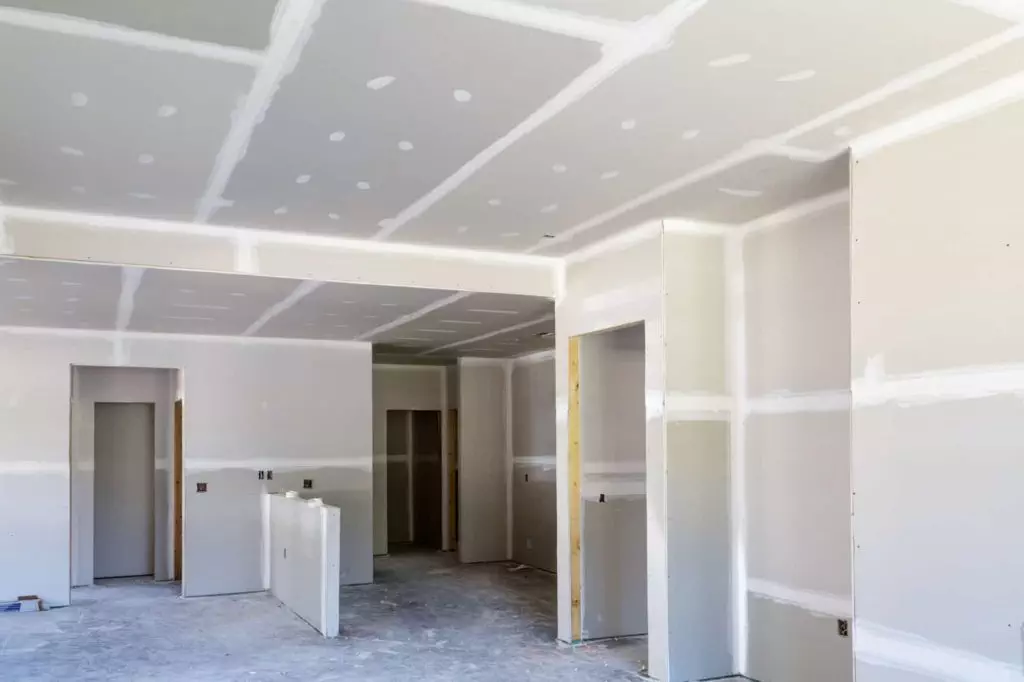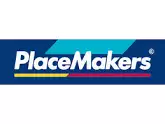Let talk follow your way!
Best price High quality Quick & efficient
Let talk follow your way!
Best price High quality Quick & efficient
Have you ever walked into a room and been captivated by its seamless, flawless walls? It’s a sight to behold, isn’t it? Achieving this level of perfection involves skilled craftsmanship in surface finishing, often leading to the choice between GIB® stopping and plastering. Where architectural diversity meets the demands of modern living, understanding these techniques can make all the difference in your interior spaces.
GIB® stopping in Auckland, often referred to as “skimming” or “plasterboard finishing,” is the art of creating a smooth, seamless surface on plasterboard walls and ceilings. The process involves applying a specialised compound over the joints, screws, and gaps in the plasterboard, creating a uniform surface. The goal? To create a seamless base for painting or wallpapering, ensuring a smooth, polished finish.
GIB® Stopping is the go-to choice when you want to achieve a sleek, modern finish on your walls and ceilings. It is ideal for concealing imperfections, cracks, and joints in your plasterboard, giving your interiors a seamless appearance. In Auckland, where many homes feature plasterboard as the primary wall material, GIB® stopping is a common practice to achieve an elegant, polished look.
Plastering is a broader term encompassing various techniques used to finish walls and ceilings. Unlike GIB® stopping, which focuses on plasterboard surfaces, plastering can be applied to various substrates, including concrete, brick, and wood. Depending on the desired aesthetic, plasterers use a mix of materials like plaster, cement, and sand to create a textured or smooth finish.
Plastering is a versatile choice suitable for both interior and exterior surfaces. Plastering allows for artistic expression if you are aiming for a textured or decorative finish. In Auckland’s diverse architectural landscape, plastering finds its place in homes with brick or concrete walls, giving them a fresh, customised appearance.
The primary difference between GIB® stopping and Plastering lies in the materials involved. GIB® stopping is centred around working with plasterboard, a specialised material used for walls and ceilings. Plastering encompasses a wider range of surfaces and materials, involving a diverse range of surfaces such as concrete, brick, and wood. This fundamental difference in materials highlights the specific focus of GIB® stopping on plasterboard, while plastering extends its application to various substrates, contributing to its versatility.
The finish achieved through these techniques diverges significantly. GIB® stopping results in a smooth, flat finish, ideally suited for a contemporary and minimalist appearance in interiors. This finish is perfect for concealing imperfections and creating a sleek canvas for further design elements. On the other hand, plastering can create various textures and styles, making it suitable for diverse design preferences. Moreover, it is also capable of achieving smooth finishes. The chosen technique may introduce a slightly more textured appearance, offering options for those who appreciate a more varied and artistic surface.
The versatility of these techniques plays a crucial role in determining their application areas. Plastering is more versatile, making it the preferred choice for exterior surfaces and unique design elements. It makes plastering adaptable to various design elements and environmental conditions. On the contrary, GIB® stopping is tailored specifically for interior spaces, lacking the same level of adaptability for exterior use.
The focus of the application further distinguishes GIB® stopping and Plastering. GIB® stopping is a specialised technique focused on concealing imperfections on plasterboard surfaces. It aims to create a flawless foundation for subsequent design elements, such as painting or wallpapering. Conversely, plastering extends beyond concealing imperfections, involving a broader array of applications. It can include finishing concrete, brick and wood surfaces, making it a versatile choice for diverse architectural and design needs.
Ease of repair and maintenance is another aspect where GIB® stopping and plastering exhibit differences. GIB® stopping proves to be relatively easier to repair and maintain, especially when dealing with plasterboard surfaces. Skilled professionals can easily patch and restore minor damages or imperfections over time. On the contrary, plastering may necessitate more intricate repairs, depending on the chosen texture and materials. This factor should be considered when assessing the long-term sustainability and upkeep of the finished surfaces.
Cost considerations contribute significantly to the decision-making process between GIB® stopping and plastering. GIB® stopping is often viewed as a cost-effective solution for achieving a sleek and contemporary finish. The streamlined materials and application process could result in lower overall costs. On the other hand, plastering, with its broader range of techniques, may be associated with a higher upfront cost. It is especially true when intricate textures or customised finishes are desired, emphasising the importance of budget considerations in selecting the appropriate technique for a given project.
The weather resistance of these techniques serves as a critical factor, particularly in the context of exterior applications. Plastering gains an advantage due to its use of materials like cement, providing better resistance to certain weather conditions. It makes plastering a suitable choice for exterior surfaces, offering durability in various outdoor environments. GIB® stopping, designed primarily for interior applications, may lack the same level of weather resistance and could be susceptible to damage if exposed to outdoor elements. This difference underscores the importance of considering the intended use and location of the finished surfaces when choosing between the two techniques.
“Which technique is right for me?” Well, it boils down to your vision and the unique characteristics of your space. If you are after a sleek, contemporary finish focusing on practicality, GIB® stopping is your go-to. It provides a clean canvas that’s ready for your personal touch. On the other hand, if you are looking to infuse character, texture, and a touch of history into your space, plastering is the path you can decide to walk on. It’s the choice for those who appreciate the timeless appeal of artisanal craftsmanship.
Remember that if you choose a skilled professional, your walls may become more than just walls. They become a testament to the beauty that lies in the details.











